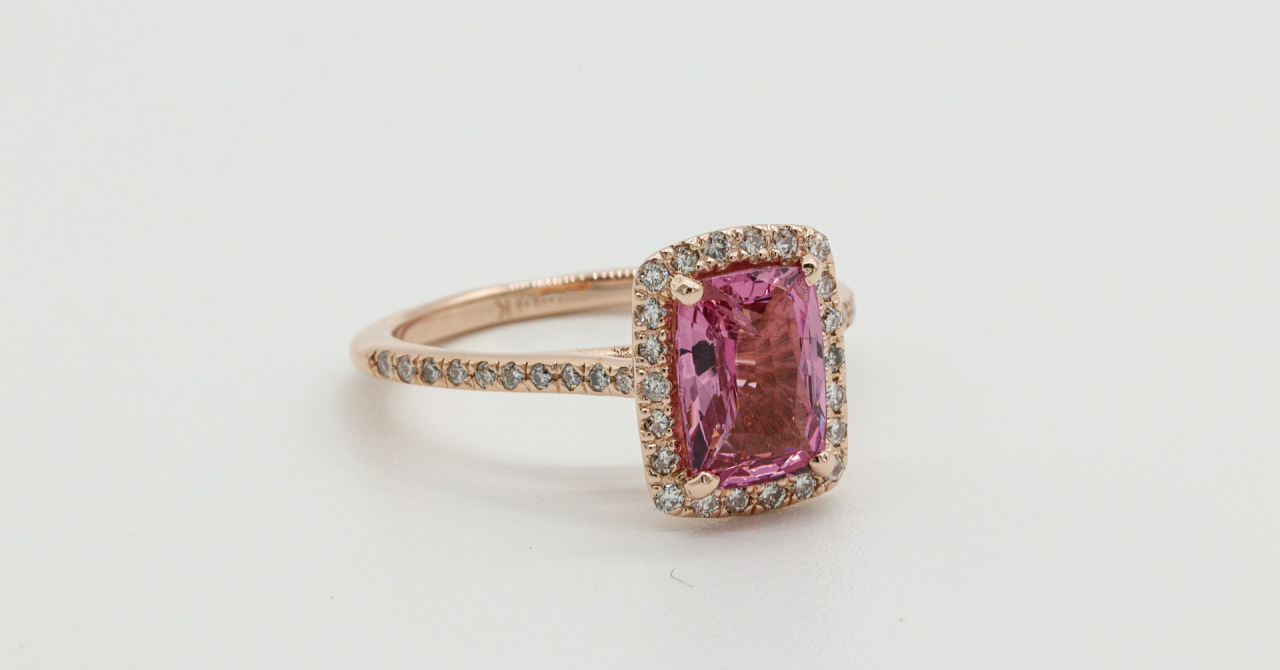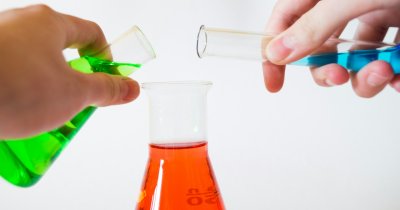When we're talking about recycling jewelry, we need to understand that these products are mostly made of precious metals, such as gold and silver, but they can also be decorated with gems, which are precious and semi-precious stones. These can be repurposed onto new pieces, as well, if necessary, but not in the same way.
How is jewelry recycled
The process is quite simple for the metals, such as gold. Recycled gold is obtained from consumer products, such as old jewelry pieces, coins or electronic devices. Because it is a precious metal, just like silver and platinum, gold doesn't degrade once it's melted, meaning that it can be reprocessed almost infinitely.
It also doesn't rust or degrade in any way during its lifetime, making it one of the most sustainable materials the planet gave us. Jewelry experts say that the first step to recycle gold in order to make new pieces is to turn it into casting grain and then melted into the desired mould.
If the gold we want to recycle has been used in the electronics or the automotive industries, for example, it will be treated with special substances in order to remove all impurities it might have. This process is significantly more sustainable compared to mining the material from virgin sources, as that would require larger amounts of chemicals, as well as more intense labor, in general.
The situation changes if the gold we want to repurpose came from coins or jewelry, as it will only be sorted based on its quality and then burned to remove any possible impurities, which are fewer than for industrial gold. This makes the process even more planet-friendly.
After it's been cleaned, gold is then melted and applied in a mould. Once it cools, it solidifies as a new piece of jewelry that looks so pristine you aren't able to tell it's been recycled.
The platinum dilemma for jewelry
Recycling silver and platinum works in a similar way, but with the latter, we might want to carefully consider how we use it.

Platinum is a rare precious metal that is very desirable nowadays for industrial purposes due to the fact that it is used for manufacturing hydrogen fuel cells. Michaela Burke Stevens, one of the authors of a study that researched sustainable fuel cell manufacturing, stated that "hydrogen fuel cells have really great potential for energy storage and conversion, using hydrogen as an alternative fuel to, say, gasoline. But it's still fairly expensive to run a fuel cell."
The problem, according to her, is that fuel cells typically rely on catalysts which are made from expensive platinum group materials (PGM). Thus, she and her colleagues looked at alternative solutions with which to make the catalyst cheaper, without compromising on safety or performance. Finding the right materials can be a challenging task, as what may work in a lab often times won't perform that well in real-world applications.
However, researchers from the Department of Energy's SLAC National Accelerator Laboratory, Stanford University, and the Toyota Research Institute (TRI) collaborated in order to improve the efficiency of hydrogen fuel cells, as those become increasingly more important for energy storage solutions.
So, platinum could be replaced at least partially by its more common and less expensive relative for industrial purposes, but we might still want to keep an eye out for the rare and precious platinum.
The benefits of recycling jewelry
Recycling the precious metals that jewelry is made from reduces pollution, cuts waste buildup and reduces the strain on nature's ability to regenerate those resources. Pandora is one of the largest jewelry brands in the world and it recently announced that it will switch to using just recycled precious metals for its manufacturing.
The Danish brand sells over 100 million pieces of jewelry annually and company officials made the announcement that from now on, gold and silver products will be made with 100% recycled contents. Last year, for example, The Wall Street Journal reports that 97% of the company's products were made with recycled metals. Company officials estimate that the switch to sustainable materials will cut the annual carbon footprint by 58.000 tons.
Pandora Chief Executive Alexander Lacik said that "jewelry is an old industry. It has more conservative ways of doing things—things like the manufacturing process and materials—but that does not mean it has to be like that. We are in the industry of selling beautiful things. That is not going to change."
Using recycled gold, instead of mining new ore reduces the final product's carbon footprint by a staggering 99%, while for silver, the improvement is still a generous 66%. The Economic Times report that Prada and Monica Vinader are two other jewelry brands that started using recycled metals, marking an industry-wide shift to sustainable sources.
By recycling platinum, a very rare precious metal, the carbon footprint can be reduced by 95% compared to mining the new material, so the incentive for the metals industry to choose recycled is huge. Besides lowering the carbon footprint from reprocessing the actual material, recycling also eliminates the time and resource-intensive processes of looking for ore, extracting it, transporting and processing it first-hand.
Gem stones can't be recycled in the same way as metal and that's because they either melt at much higher temperatures and pressure levels, but also, they can't be reshaped easily. Also, some gem stones, such as opal and amber, can get damaged by the heat.

So, for these materials jewelers would rather just cut or polish them carefully to make them fit on a new piece.
As far as diamonds go, the situation is similar, as lab-made ones are the more ethical choice from the environmental, but also social stand-point. Since mostly they can't be recycled, like metals can be, diamonds need to be polished in order to be used on new pieces of jewelry, which in turn means they lose their shape over time. Compared to mined diamonds, lab-grown ones have a reduced planet footprint.
At the same time, diamonds extracted from mines generate 4,383 times less waste than lab-made ones, and laboratories that use renewable energy to manufacture the diamonds can further reduce their impact on the planet.
Reusing old jewelry
Besides just making new jewelry pieces from gold, silver or platinum, these metals can be repurposed for other industries, as well, this versatility being what makes them so desirable. They can be implemented in the automotive industry, in the ever-growing electrics sector, whatever we need them more urgently for.
What's important is that we don't let these precious materials go to waste by throwing them in the trash, but rather take them to jewelers and specialized centers, which can give them a brand-new life.
 Mihai - Cristian Ioniță
Mihai - Cristian Ioniță












Any thoughts?